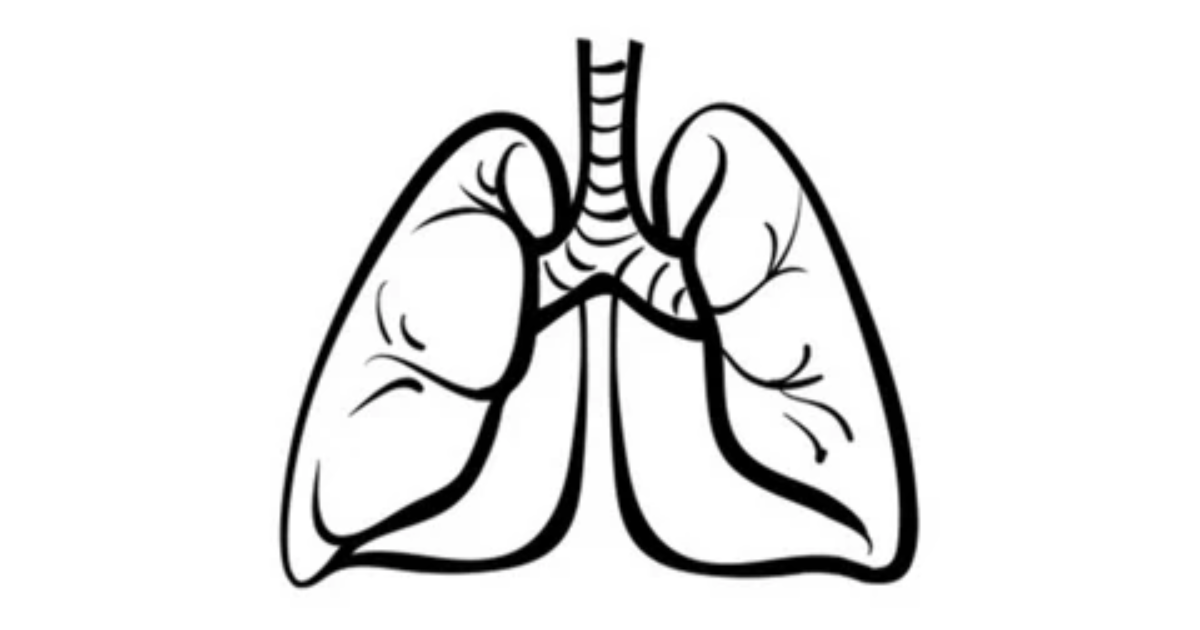3D illustration of Lungs, medical concept. Image credit: © yodiyim via Adobe Stock
Bronchoscopy-guided biopsies provide adequate samples for comprehensive biomarker testing while being safer than percutaneous biopsy approaches, according to an evidence review from a multidisciplinary expert panel from the American Association of Bronchology and Interventional Pulmonology and the Early Detection and Screening Committee of the International Association for the Study of Lung Cancer published in the Journal of Thoracic Oncology.1
The evidence review performed by 24 experts in thoracic procedures concluded that although there are limited randomized comparisons of EBUS-TBNA (endobronchial ultrasound – transbronchial needle aspiration) vs mediastinoscopy, the evidence showed that EBUS-TBNA has a lower risk of morbidity than mediastinoscopy in sampling of parenchymal lung lesions and intrathoracic lymph nodes and also provides adequate sample tissue.
“As we’ve increased lung cancer screening, one of the questions that has come to us is how do we diagnose these patients early, but also…how to obtain tissue not just for diagnosis, but also for adequate biomarker testing, and do that in the safest manner,” Abhinav Agrawal, MD, system director of interventional pulmonology at Northwell Health in New York and one of the authors of the report, said in an interview with Targeted Oncology.
EBUS-TBNA has risen in usage vs mediastinoscopy since its introduction as a minimally invasive procedure. The evidence review cited a complications rate of up to 25% from percutaneous sampling of lung lesions, primarily pneumothorax. According to Agrawal, the recent VERITAS trial (NCT04250194) also supported the noninferiority of diagnostic accuracy for EBUS-based navigational bronchoscopy vs transthoracic needle biopsy.2
As the goal of biopsy now includes biomarker testing in addition to diagnosis and staging, the sample adequacy outcomes for EBUS-TBNA became a crucial area of concern to avoid repeat biopsy and delayed treatment with targeted therapies.
Safety Advantage of Bronchoscopy Maintained
The expert panel identified 4 questions to be addressed.1 The first question, asking whether guided bronchoscopy was safer than a percutaneous approach for sampling parenchymal lung lesions, yielded 70.8% of panelists who strongly agreed, 25% who agreed, and 4.2% who disagreed, leading to a strong recommendation for the guided bronchoscopic approach. They reviewed 67 total studies, including 1 randomized controlled trial and 3 retrospective trials that directly compared the safety of each approach. They cited the significantly lower risk of post-procedural pneumothorax and bleeding with bronchoscopy. The randomized controlled trial from 2011 showed a 27% complication rate with CT-guided percutaneous needle biopsy vs 3% with an EBUS technique.3
An additional question asked whether guided bronchoscopy was safer than a percutaneous approach for sampling lymph nodes. The panel strongly agreed that it was safer in 79.2%, whereas another 16.7% agreed and 4.2% neither agreed nor disagreed.1 They noted that multiple lymph nodes can be sampled in a single EBUS-TBNA procedure and transesophageal bronchoscopic ultrasound can be used to access lymph nodes that are not accessible by EBUS-TBNA.
Sample Adequacy Is Key to Biomarker Testing
The panelists were asked whether guided bronchoscopy provided greater adequacy than a percutaneous approach for sample procurement from parenchymal lung lesions and from lymph nodes. For both of these answers, the vast majority agreed but fewer panels strongly agreed. For parenchymal lung lesions, 41.7% strongly agreed, 50% agreed, and 8.3% neither agreed nor disagreed. For lymph nodes, 37.5% strongly agreed, 54.2% agreed, and 8.3% neither agreed nor disagreed.
The review stated that the current evidence “largely suggests no difference between guided bronchoscopy and percutaneous approaches to obtain adequate material for comprehensive biomarker testing,” but suggested that only prospective trials could fully answer the question. In the absence of comparative data, they recommended using EBUS-TBNA as a first-line modality due to its safety and access to more lymph nodes. Some of the supporting data are based on sample adequacy for EGFR, ALK, and PD-L1 testing, but data are limited for adequacy for comprehensive next-generation sequencing, which is now recommended for patients with advanced or metastatic disease and valuable for earlier-stage disease as well.
They also highlighted the use of rapid on-site evaluation (ROSE) to gauge target tissue cellularity and get better diagnostic yields. Use of forceps and cryoprobe procedures can also improve sample adequacy.
Accounting for the superior safety and the potential of advanced navigational bronchoscopy technology, physicians can rely on EBUS-TBNA for testable samples in most circumstances. Although there are unanswered questions about how this applies to comprehensive biomarker testing, these recommendations provide guidance for future clinical trial designs that could improve accuracy in this area.
“EBUS-guided lymph node biopsy has become the standard of care, both from the diagnostic standpoint and safety standpoint. With this guideline, [it has] also from the molecular yield standpoint [become] the first-line approach for patients with suspected lung cancer,” said Agrawal.
References:
1. Chaddha U, Agrawal A, Ghori U, et al. Safety and sample adequacy for comprehensive biomarker testing of bronchoscopic biopsies: an American Association of Bronchology and Interventional Pulmonology and International Association for the Study of Lung Cancer clinical practice guideline. J Thorac Oncol. Published online May 24, 2025. doi:10.1016/j.jtho.2025.05.014
2. Lentz RJ, Frederick-Dyer K, Planz VB, et al. Navigational bronchoscopy or transthoracic needle biopsy for lung nodules. N Engl J Med. 2025;392(21):2100-2112. doi:10.1056/NEJMoa2414059
3. Steinfort DP, Vincent J, Heinze S, Antippa P, Irving LB. Comparative effectiveness of radial probe endobronchial ultrasound versus CT-guided needle biopsy for evaluation of peripheral pulmonary lesions: a randomized pragmatic trial. Respir Med. 2011;105(11):1704-1711. doi:10.1016/j.rmed.2011.08.008
